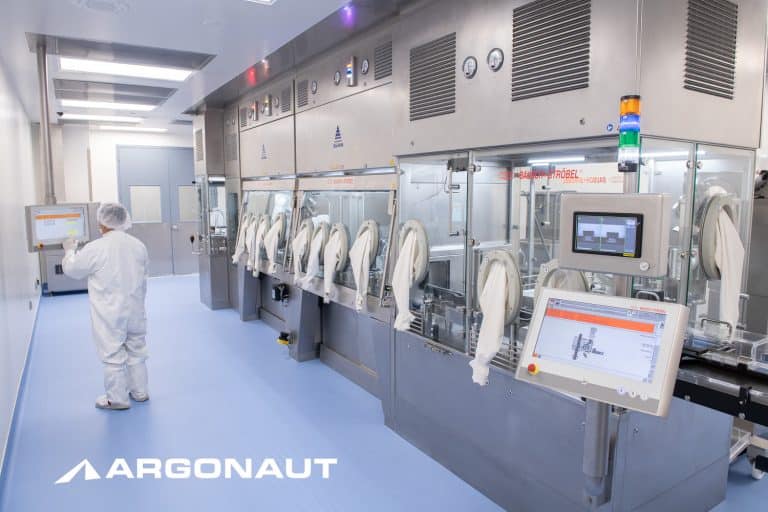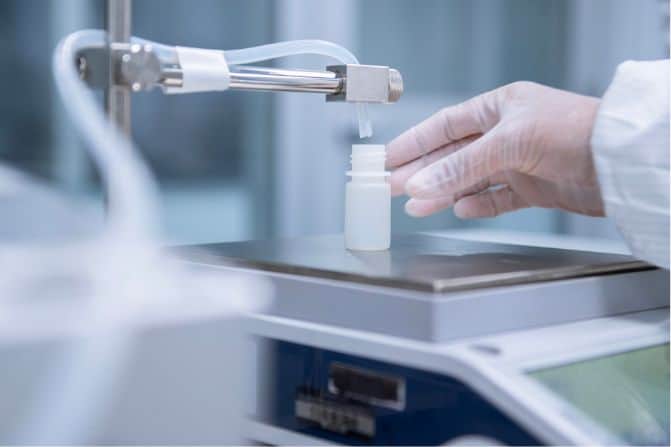Updated October 16, 2022
In 2008-2010, the economic downturn in biotech wreaked havoc on the unprepared industry. Fast forward to late 2022, and the economic conditions wrought by disease, war, and inflation create huge uncertainty. As of October 12, 2022, a number of analysts and organizations- from the CEO of JP Morgan to the IMF are warning of a coming recession.
We may be approaching another economic depression for biotechnology. If a period of belt-tightening is due, it would be wise to devise strategies to survive an economic downturn in biotech. Let’s look at the lessons learned from the worst economic crisis in biotech.
It would be wise to devise strategies now to survive an economic downturn in biotech.
What happened in the worst economic crisis in biotech?
The crisis began outside the biopharma industry in 2007, starting with the savings and loan collapse in the subprime mortgage market. It spread contagiously and overwhelmed underwriters such as Lehman Brothers in September 2008, setting off the Great Recession, where capital and liquidity evaporated. In the eight months between September 2008 and April 2009, 120 biotech and pharma companies announced restructuring plans, and seven filed for bankruptcy. In the first four months of 2009, over 42,000 industry jobs were cut. Smaller companies were hit first and hardest, but eventually, the crisis spread to larger pharmaceutical companies with layoffs at AstraZeneca, Pfizer, Roche, and more.
In the eight months between September 2008 and April 2009, 120 biotech and pharma companies announced restructuring plans, and seven filed for bankruptcy.
The most immediate response to the economic downturn in biotech was to slash R&D spending (particularly in early-stage programs), conserve cash, and maintain liquidity. To keep innovation progressing, strategic collaborations and partnerships arose between biotechs and pharma. Organizations in better financial positions took the opportunity to buy struggling companies that could no longer raise funds – quipped as the “Buyout Buffet”. However, biotechs researching small molecules needed cash and began to focus on early stage deals with up-front, milestone and equity payments as the IPO market went extinct for two years.
Restructuring manufacturing and supply chain operations were either critically or highly important during the economic downturn in biotech.
Outsourcing of manufacturing and operations was also a key mechanism to maintain liquidity and conserve cash. During the crisis, 44% of life science executives surveyed responded that “Restructuring manufacturing and supply chain operations” were either critically or highly important. A primary survival mechanism was to retain only core operations, outsourcing all other manufacturing.
Lessons learned from the economic downturn in biotech
One of the crucial lessons companies learned during the economic downturn in biotech was how to conserve cash:
“This situation should serve as a strong reminder to R&D-oriented biotech companies to more diligently plan their budgets and use funds more wisely than in the past.”
“Small biotech companies should pursue virtual or semivirtual operation models to avoid building fixed facilities and save as much cost as possible at the beginning of their operations.”
Jim Zhang, July 2009 “The Impact of the Financial Crisis on the Pharma and Biotech Industries.”
With aggressive strategies, biotech did weather the economic crisis of 2008-2010 better than other industries. Organizations that had a healthy cash reserve (either by planning or fortuitous timing) could take advantage of the crisis, and those less fortunate made cuts to survive. Unlike the impending crisis of 2022, it is doubtful that many organizations saw the coming storm in 2008 – certainly not the capital markets or the early-stage companies.
However, the lessons learned from the crisis are applicable today as we enter a period of instability: conserve cash and avoid fixed costs.
During downturn in biotech small companies should pursue virtual or semi-virtual operation models to avoid building fixed facilities.
Virtual or semi-virtual manufacturing models take advantage of shifting fixed costs to variable costs. Examples can be found in warehousing and distribution: Fixed costs are sunk into leasing warehouse space, purchasing freezers, hiring staff, paying utilities, insurance, and a myriad of other costs. Instead, to conserve cash, an organization will outsource their warehousing and distribution, scaling up or down as needed in a “pay as you go” model that is charged monthly or quarterly.
As a second example, organizations may use a contract manufacturer (CMO) for their fill/finish, kitting, and packaging. In this case, fixed costs to manufacturing and operations from capital expenditure on equipment to staff are shifted into the “pay as you go” model that can scale in response to new opportunities.
What’s new in 2022 is that now life science and diagnostic organizations can take advantage of the same variable cost strategies utilized by the best biopharma companies. When new products are launching, forecasts are often uncertain. Yet, the capital expenditures, along with staff and training costs in starting new production lines can be steep. Transferring the product to a CMO not only reduces fixed costs, but it can also reduce risk to the organization. Besides new products, mature products may also benefit from engaging a CMO: manufacturing footprint (and the associated fixed costs) can be reduced, or the footprint and staff utilized for higher value operations such as technology development.
One of the crucial lessons companies learned during the economic downturn in biotech was how to conserve cash.
What will organizations do with newly conserved cash? That depends on the situation. Some may choose to hold it for a rainy day, while others may choose to rotate it and accelerate R&D, or expand their commercial operations. Still others may use it to help fund acquisitions or new capabilities. In any case, engaging strategies to enhance virtual manufacturing during economic turbulence is the smart move.
If you want more information on moving manufacturing and operations from fixed to variable costs using a virtual model, check out this white paper or read our previous analysis in the post Preparing for an Economic Downturn in Biotech: Lessons from the Past.
To learn how Argonaut Manufacturing Services can keep your company nimble and get products to market faster, please contact us.



